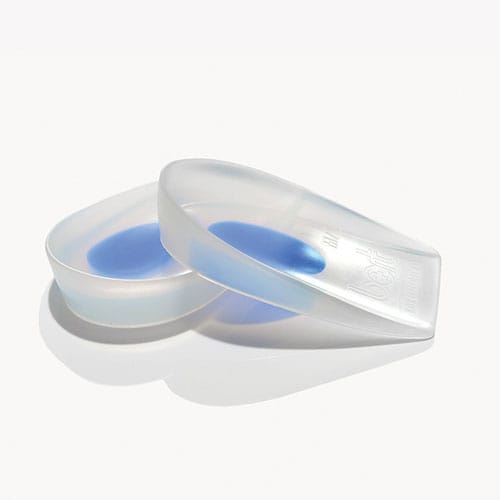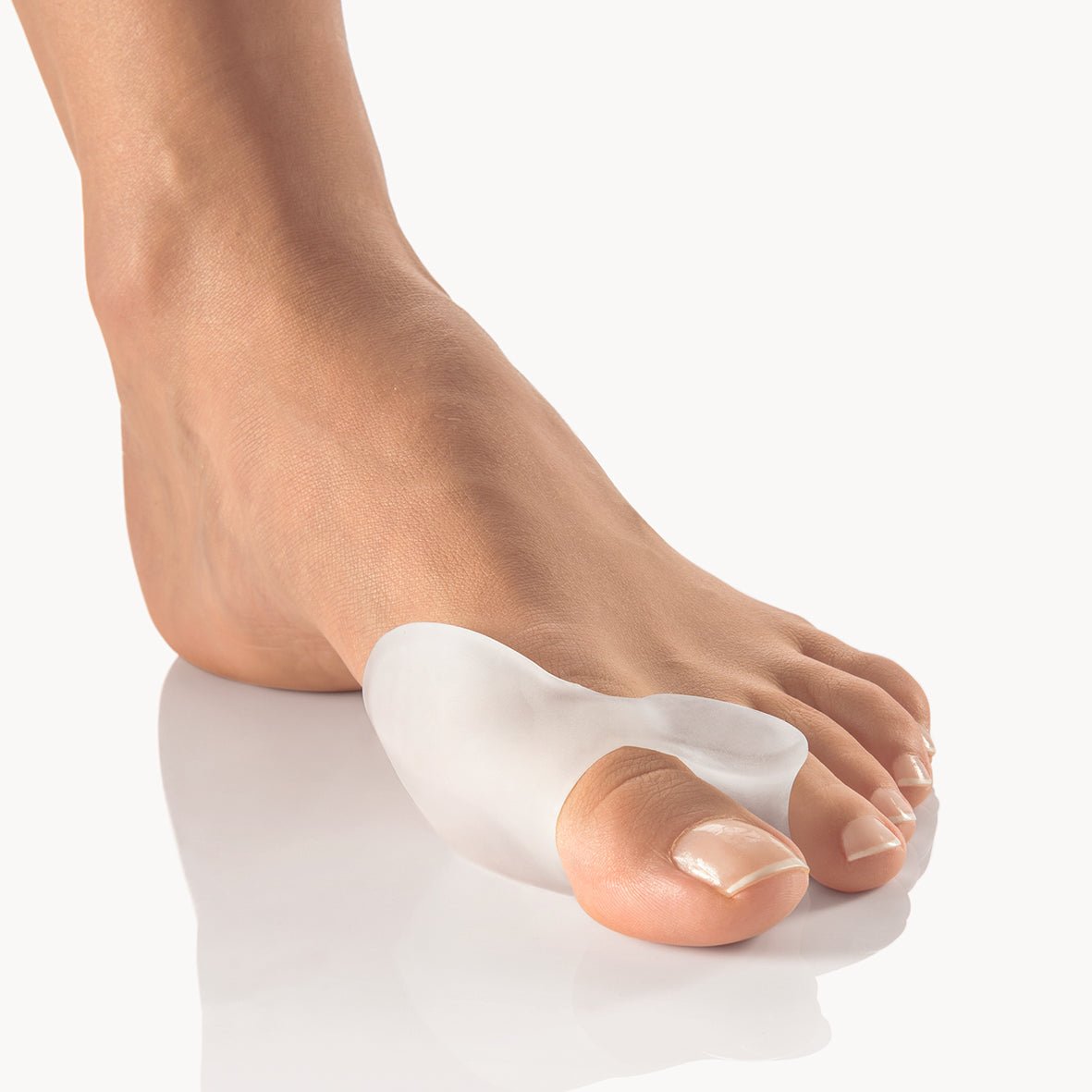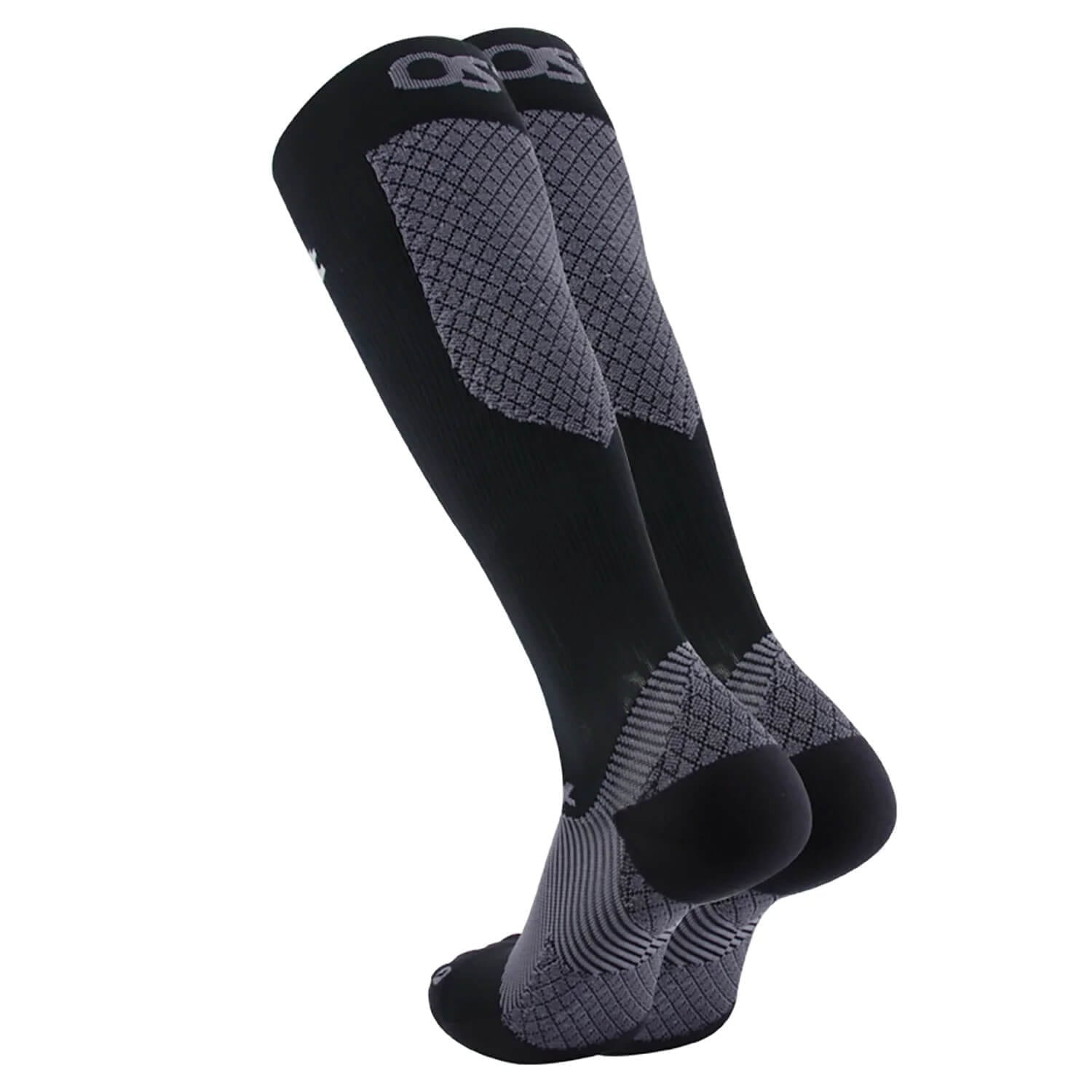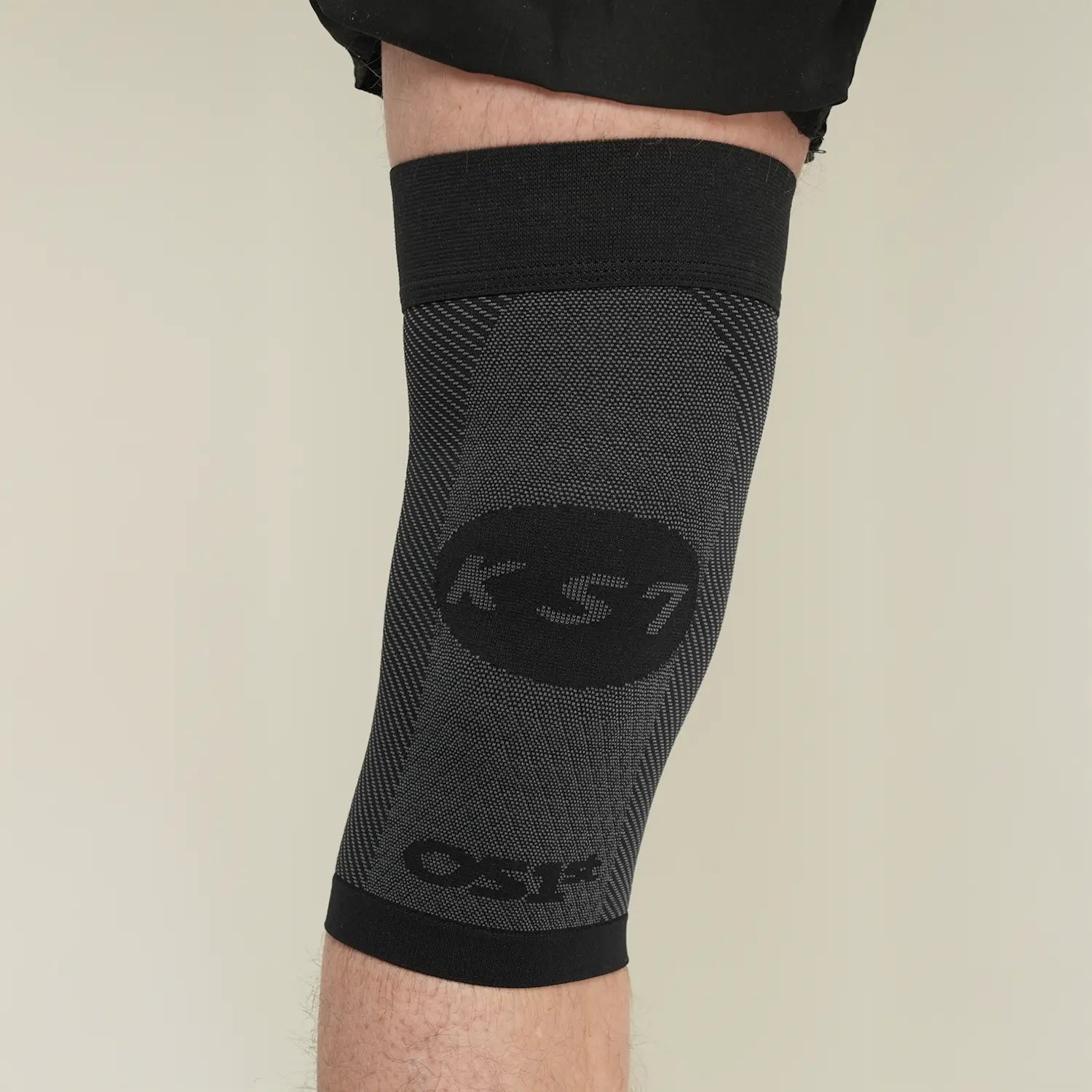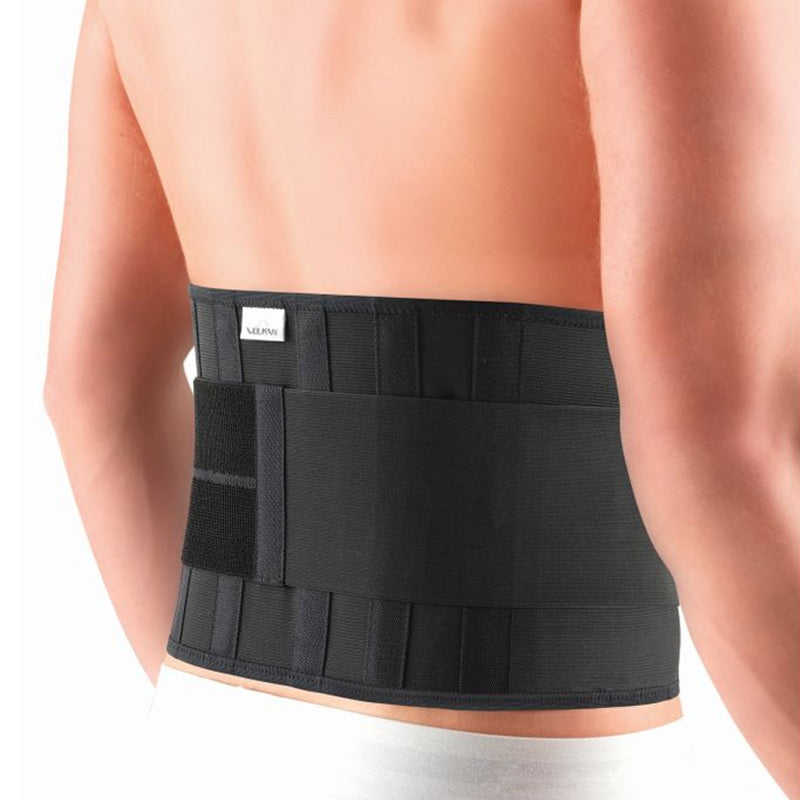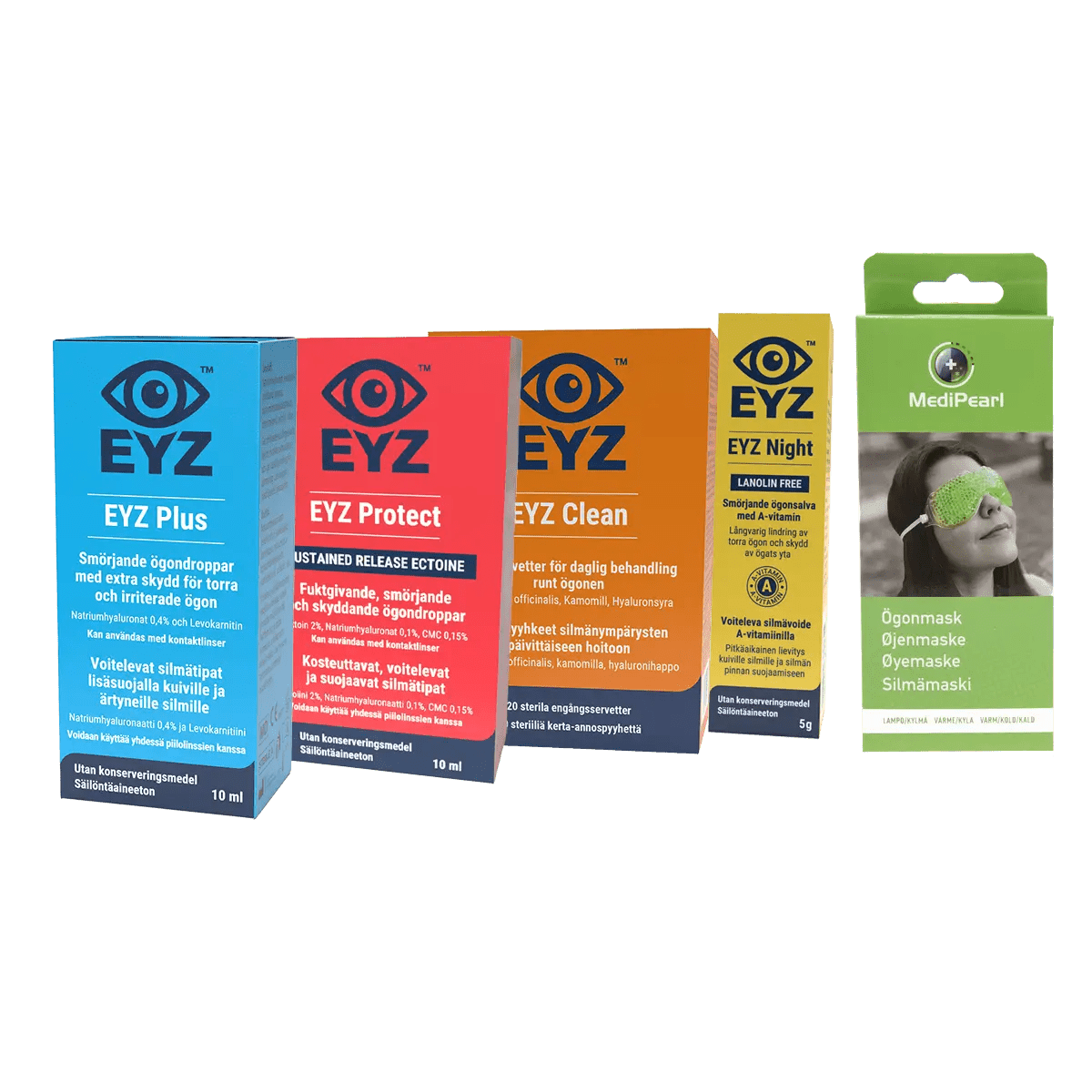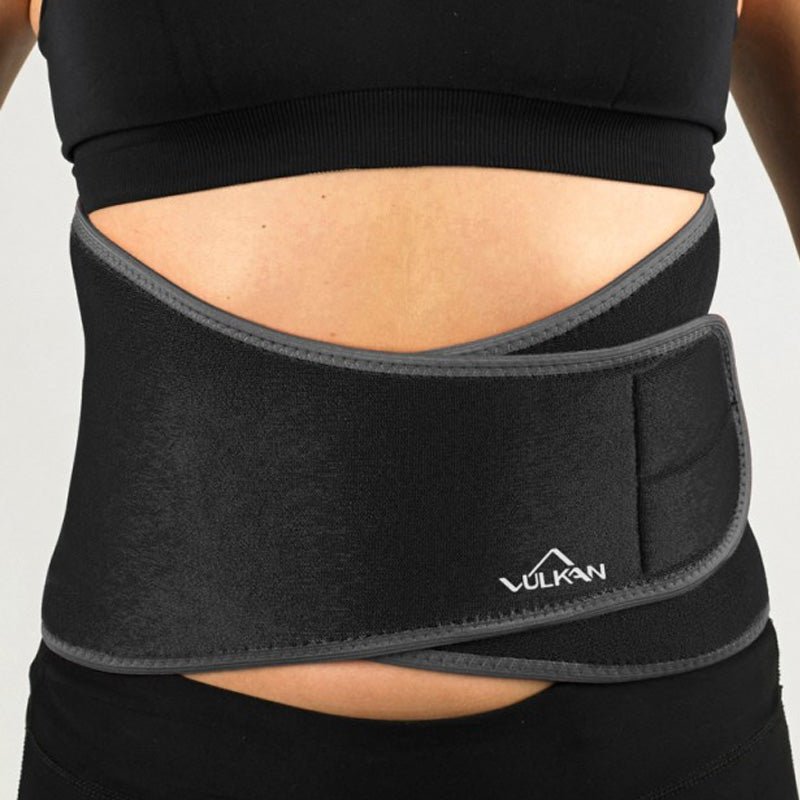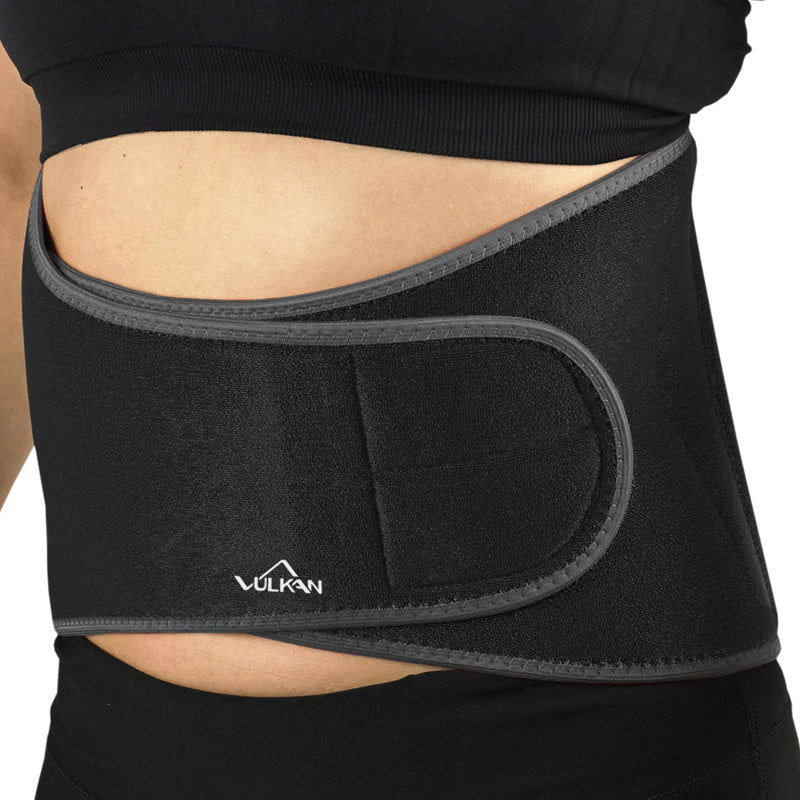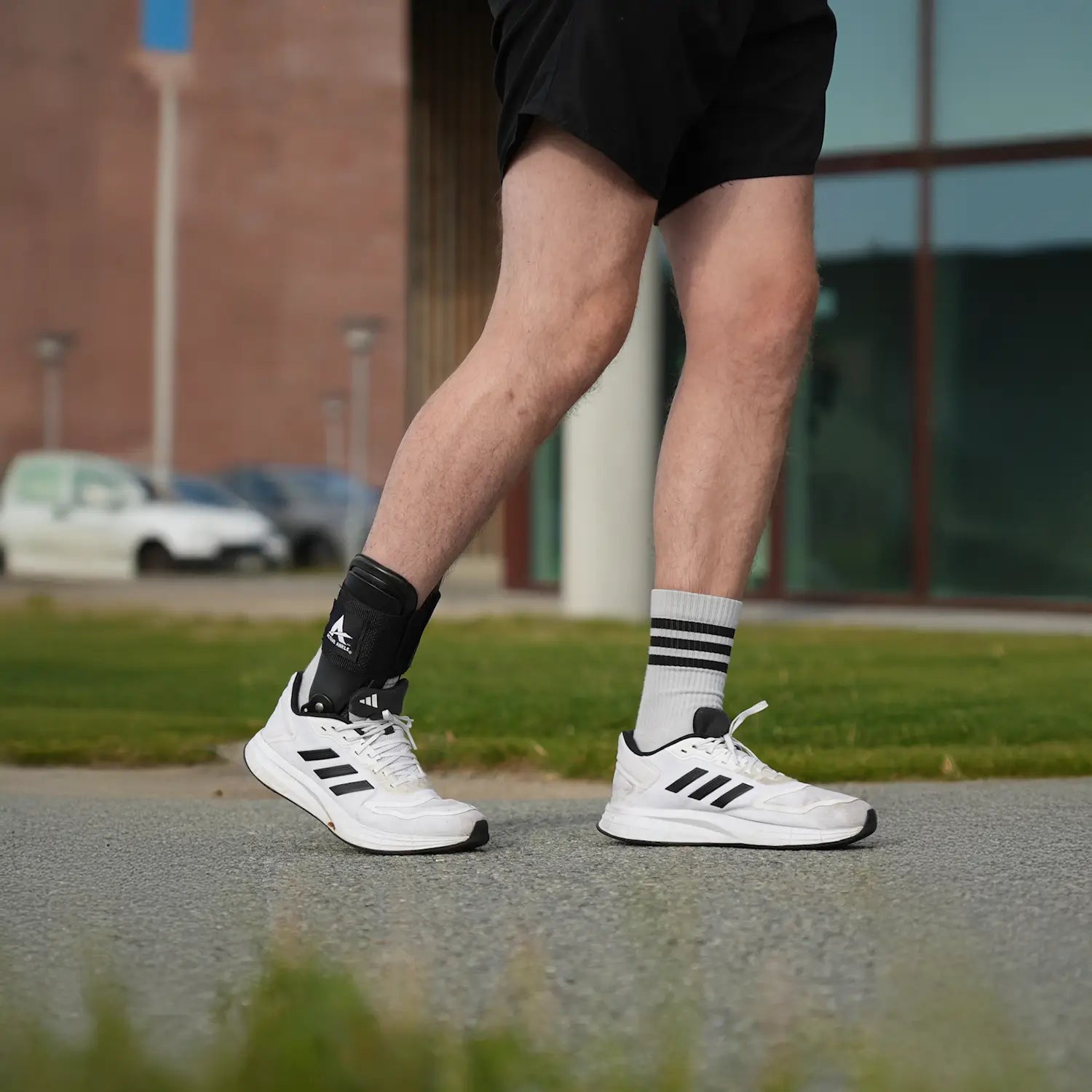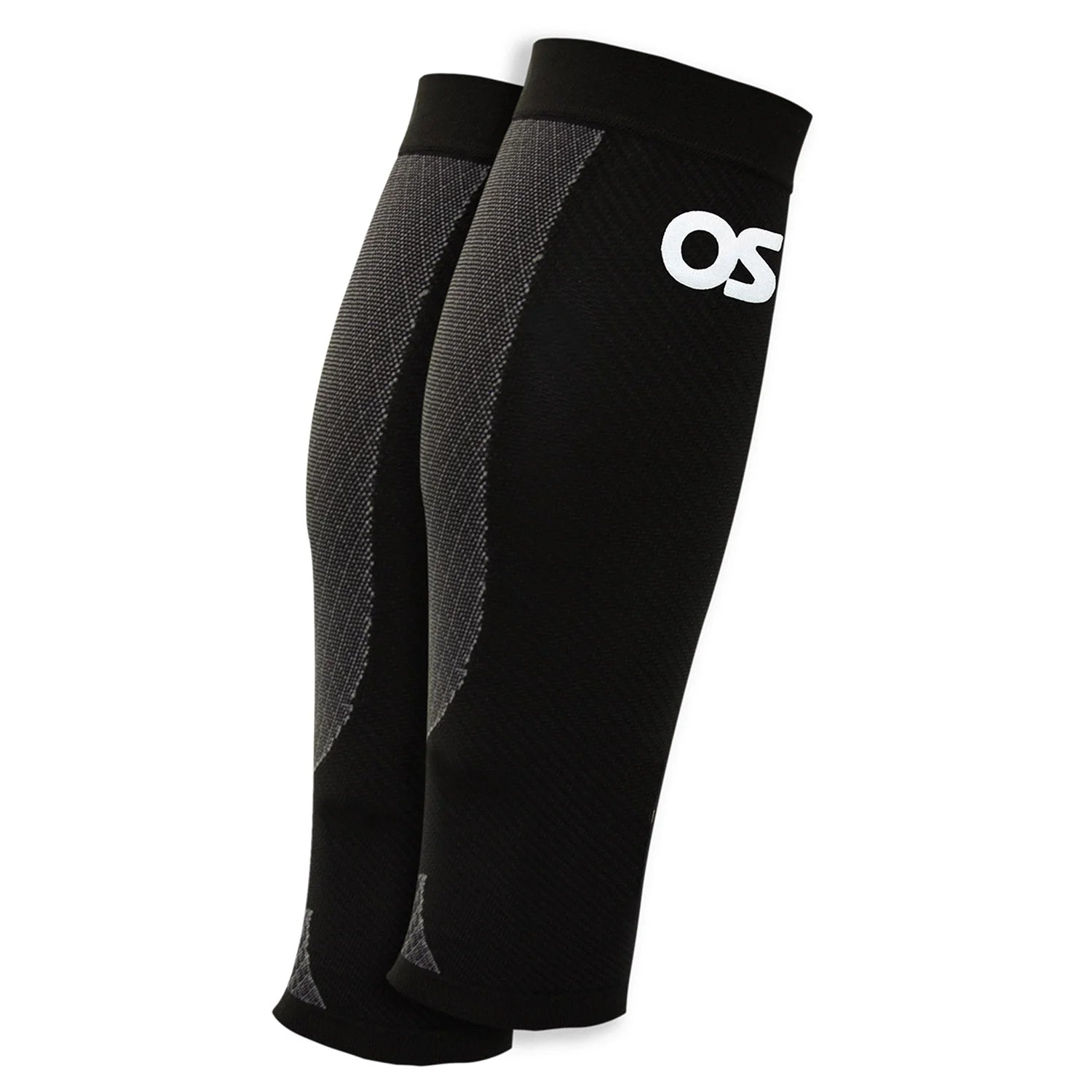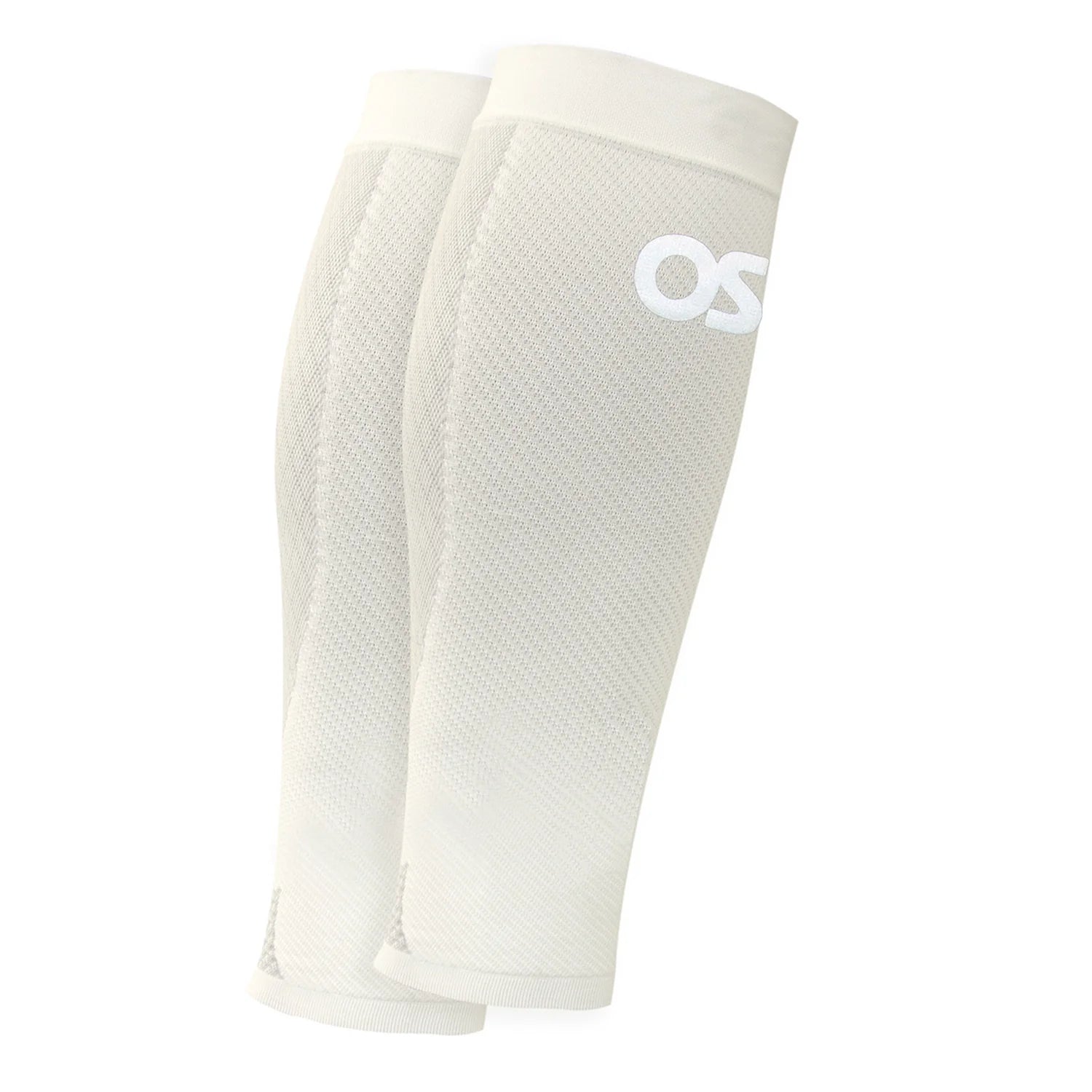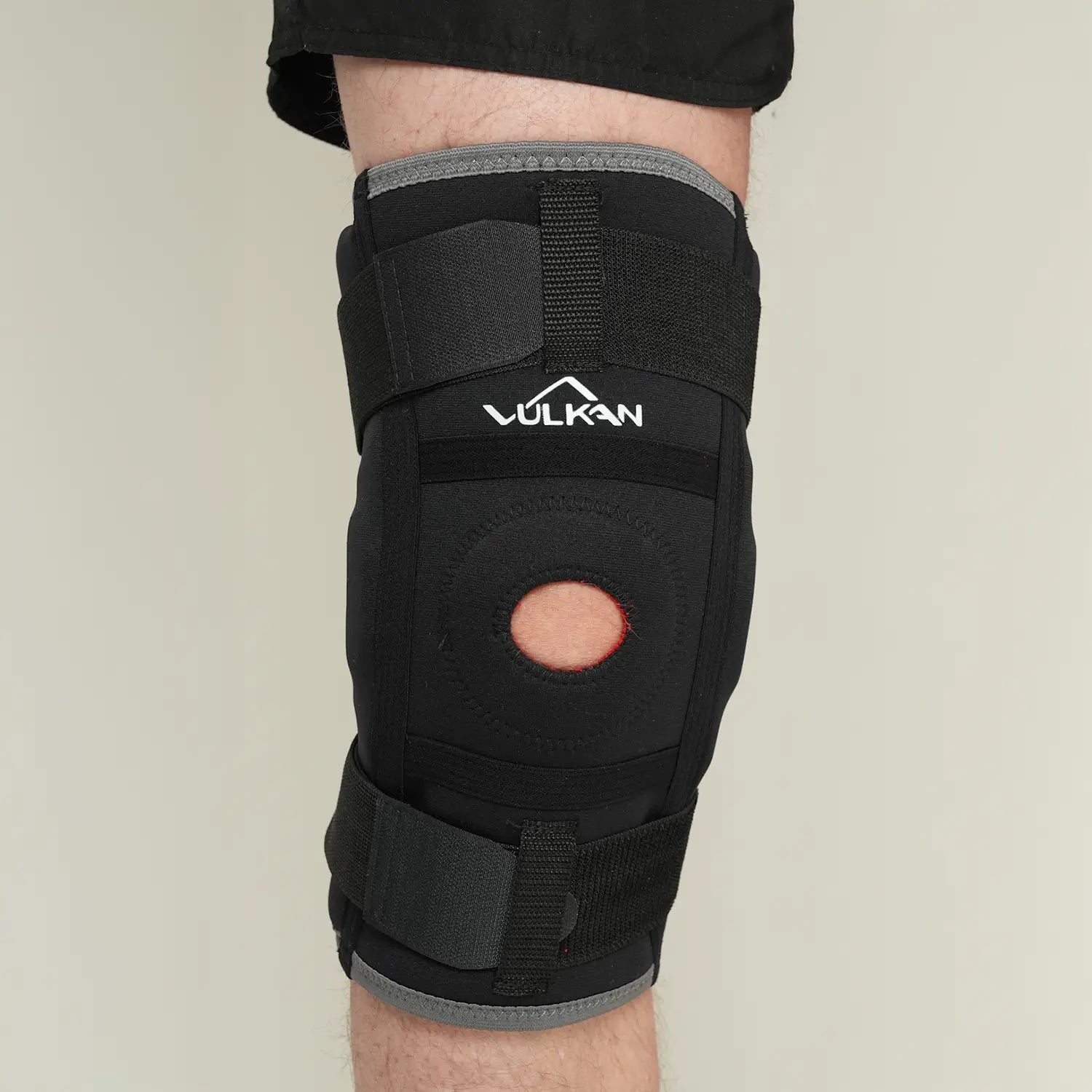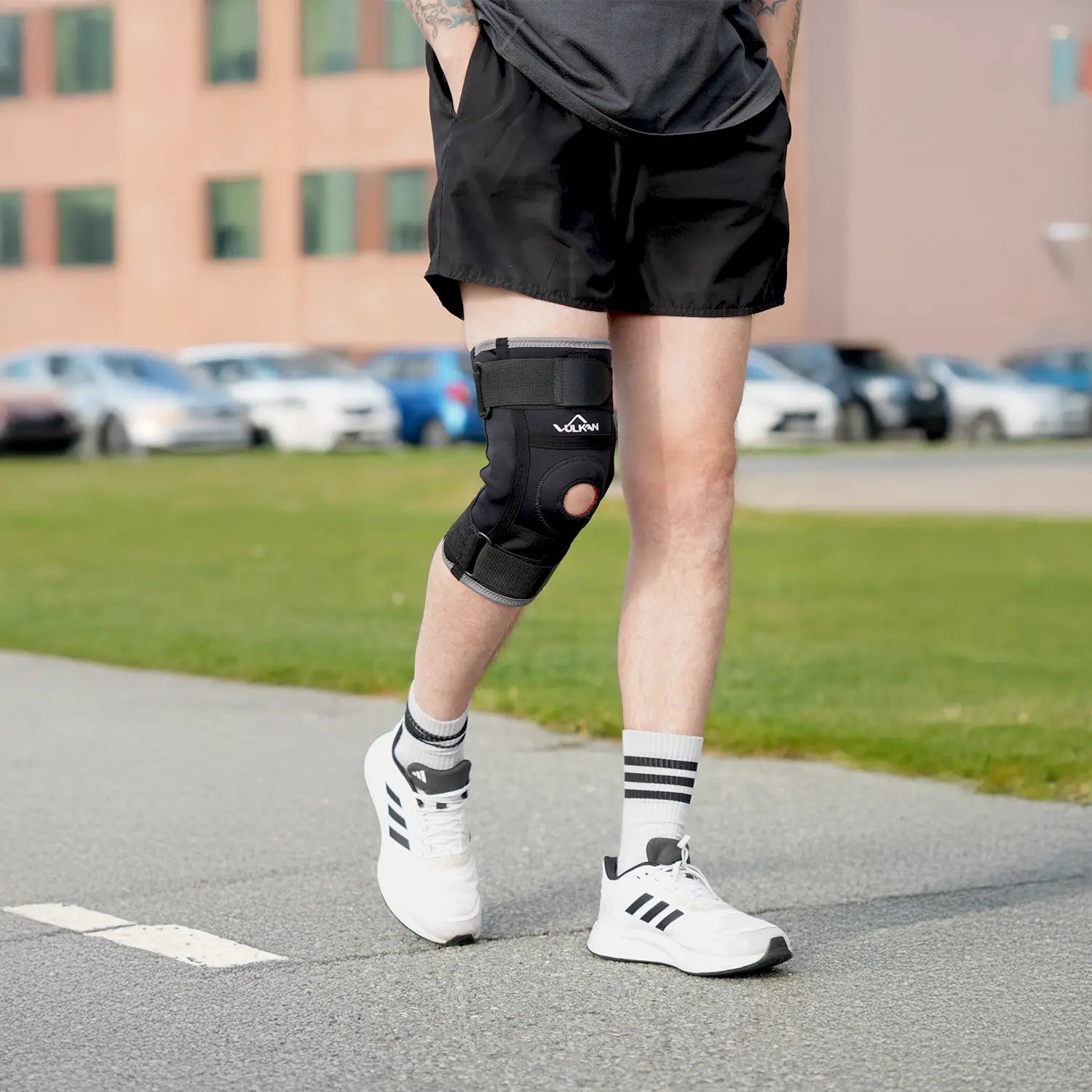Common ailments: symptoms, causes and self-care
Pain, stiffness and fatigue in the body are something most people experience at some point in their lives. Often these are conditions that develop gradually, such as heel spurs, bunions or knee pain. In other cases, it can be due to overexertion, a sudden injury or long-term strain at work. What is common is that the symptoms can affect everyday life, mobility and quality of life – sometimes more than you think.
Understanding the cause of a condition is an important first step towards relief. Many conditions can be managed with self-care, appropriate activity and the right support products. By relieving pressure, improving posture, supporting joints and giving the body time to recover, you can often reduce both pain and stiffness. In some cases, assistive devices can provide extra stability or pressure relief, making everyday movements easier and allowing you to stay active.
Here you will find information about some of the most common problems affecting the feet, knees, back, neck and eyes. For each problem, we describe common symptoms and causes, as well as suggestions for aids and products that can be part of your recovery. The information is not a substitute for professional care, but can give you a better understanding and support in choosing self-care solutions.
Description
Heel spur
Heel spurs often develop from overuse of the tendon attachment under the foot. You see them when standing for long periods of time, running on hard surfaces, or wearing unsuitable shoes. The condition can also be associated with tight calf muscles.
Common symptoms
- Stabbing pain in the heel when taking the first steps in the morning
- Soreness under the heel during the day
- Pain that increases with long walks or runs
- Stiffness in the arch of the foot after rest
Relieve pressure, stretch your calf muscles, and choose supportive shoes. Assistive devices can reduce strain and speed up recovery.
Description
Bunion
Hallux valgus means that the big toe is angled inward and a bump forms at the base of the toe. Tight or pointed shoes, heredity and reduced foot stability can contribute to its development.
Common symptoms
- Pain and irritation over the bump at the toe joint
- Redness and swelling after exertion
- Pressure soreness in shoes and altered walking pattern
- Stiffness or fatigue in the forefoot
Change to roomy shoes, relieve pressure points and support the alignment of the foot. The right aids can reduce pain in everyday life.
Description
Compression for legs and feet
Swollen or heavy legs are often caused by sitting still, standing a lot, or reduced venous return. Compression for the legs and feet supports circulation and can relieve fatigue.
Common symptoms
- Swelling around the ankles and lower legs
- Feeling of heaviness or aches in the afternoon
- Night sweats or nocturnal cramps
- Visible superficial veins or varicose veins
Move regularly, elevate your legs and use the correct level of compression. Contact healthcare if you experience sudden unilateral swelling or shortness of breath.
Description
Knee pain
Knee pain occurs due to overload, osteoarthritis, meniscus problems or after a sprain. Both sports and sedentary everyday life can trigger the problems.
Common symptoms
- Pain with strain, stairs or squatting
- Swelling or stiffness after activity
- Feeling of instability or that the knee is “giving way”
- Snapping or locking during movement
Relieve stress, strengthen thigh and gluteal muscles and gradually increase your activity. External support can provide stability and pain relief during rehab.
Back pain
Back pain is often associated with sitting, heavy lifting, weak core stability or disc-related problems. The pain is often relieved by movement and better ergonomics.
Common symptoms
- Local pain in the lower back or thoracic spine
- Stiffness in the morning or after rest
- Pain radiating to the buttock or leg
- Muscle tension during stress or strain
Stay active, take short breaks, and practice core stability. Ergonomic adjustments and supports can relieve strain and speed recovery.
Dry eyes
Tired eyes often occur due to long screen time, dry indoor air or allergies. Environment and work habits affect how your eyes feel during the day.
Common symptoms
- Burning, gritty sensation or redness
- Sensitivity to light and blurred vision towards evening
- Dry eyes and the need to blink frequently
- Headache after concentrated close work
Take regular screen breaks, optimize lighting, and moisturize when needed. Protection and self-care can significantly improve your visual comfort.
